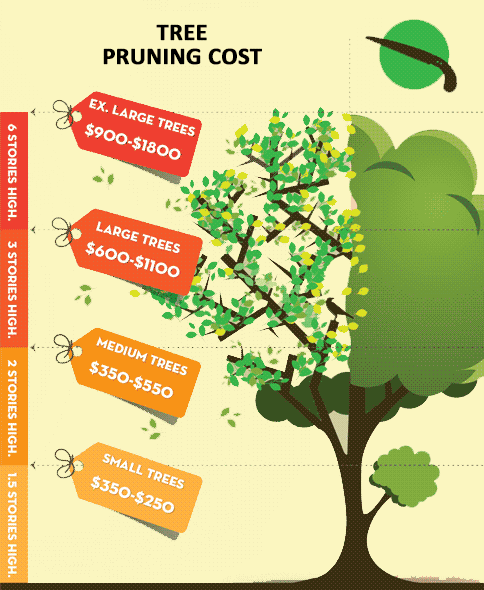Safeguarding Your Landscape: Replanting After Tree Elimination
Safeguarding Your Landscape: Replanting After Tree Elimination
Blog Article
Article Composed By-Goldstein Hudson
Tree removal can leave a gap in your landscape that requires dental filling. You can grow something new in that area, yet it takes added care and attention at the beginning to assist it prosper.
The dirt in that location will keep altering in time as bacteria break down the old origins. That can impact the nutrition balance and physical area for new growth.
Dirt
The soil in a plot where a tree has actually been eliminated is likely to be very various from the rest of your garden or backyard. The roots of the old tree and the stump will have transformed the dirt, removing some nutrients and potentially crowding out various other plants. Furthermore, if the previous tree was diseased, the transmittable representative may still remain in the ground.
The existence of roots fosters an abundant and varied area of soil microorganisms that enhances essential processes like nutrition biking and organic matter decay. Without these microorganisms, the displaced soil can end up being much less abundant and nutrient-depleted, with a negative influence on plant growth.
Prior to replanting, the soil needs to be removed of debris and natural material (such as timber chips from stump grinding). You might want to mix in potting soil or indigenous dirt with this garden compost to supply your new planting with an atmosphere that is well balanced and packed with nutrients.
Water
Tree roots take in large quantities of water from the soil. This procedure also adds nutrients back to the dirt, especially nitrogen, which is essential for new trees and plants. Sadly, old dirt can be diminished of these essential minerals because of the decaying origins and stump from a removed tree.
This is why it is essential to have a plan for the future of your landscape. Ideally, the most effective time to plant is when you have a clean slate.
Whether you're growing grass or flowers, make certain to make use of a soaker tube to prevent overwatering your new landscaping. If the location was a garden, make certain to cover the dirt with natural mulch to aid keep dampness in the soil, regulate soil temperatures and reduce weeds. This also offers a layer of defense for young plants and advertises worm task. After that, regularly renew the mulch to continue boosting the dirt nutrient density and microbial life. This is referred to as dirt repair.
Light
Trees are a wonderful enhancement to any landscape, offering shade, visual pulchritude, and numerous other advantages. Nevertheless, often trees become undesirable as a result of a range of reasons, consisting of condition, pest invasions and all-natural aging.
In such situations, it might be needed to get rid of a tree. It is essential to think about the value of a specific tree in your landscape design and take the appropriate steps to make certain that the elimination is done securely and efficiently.
During the late summertime, it's a suitable time to do maintenance and assessments on existing trees. Seek indications of condition, insect invasions, or structural damages, as well as any kind of possible hazards such as damaged or leaning trees.
Before starting any building projects, make certain to protect the root zones of existing trees by staying clear of soil compaction and grading around them. https://kttc.com/2019/12/19/with-controlled-burn-smoke-in-air-health-experts-urge-caution/ , as it breaks down, can generate harmful gases that are detrimental to the roots of a tree. https://dallasjotyc.blogspothub.com/28842369/eliminate-trees-with-confidence-a-comprehensive-overview-to-safe-and-effective-tree-removal-practices 's also a great concept to mulch the area around a tree after building has ended up to preserve moisture and suppress weed growth.
Temperature level
Trees are very important to a landscape for their visual charm, yet they likewise play an important duty in the local ecological community by offering color and windbreaks. They support wild animals environments and decrease the quantity of carbon dioxide in the air, which can add to worldwide warming. This is why it is a good idea to replant trees after getting rid of one from the home.
When replanting a new tree in the area of a previous stump, the dirt might not have enough nutrients to support it. It is best to wait on a year before planting to make certain that the soil will certainly be abundant in nutrients.
To make certain that replanted trees grow, it is important to offer them with appropriate treatment. A layer of mulch will maintain dirt dampness from vaporizing, control dirt temperature, and aid suppress weeds. Organic compost is the recommended choice due to the fact that it enhances dirt fertility. Ongoing fertilizing and parasite control are additionally essential for replanted trees.